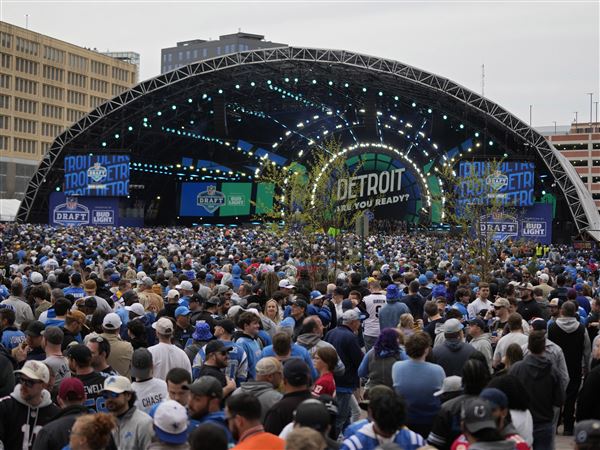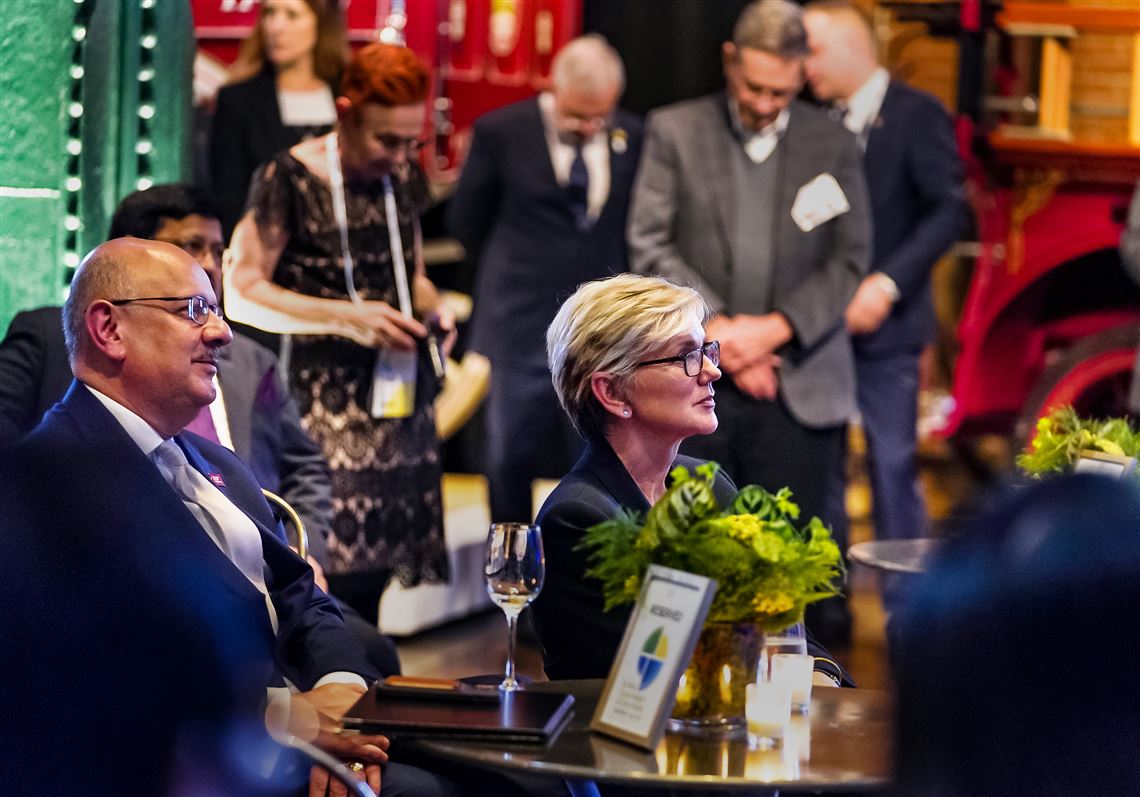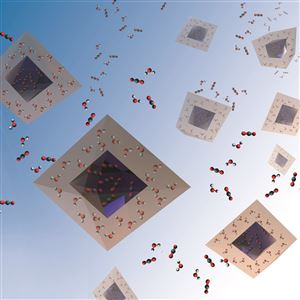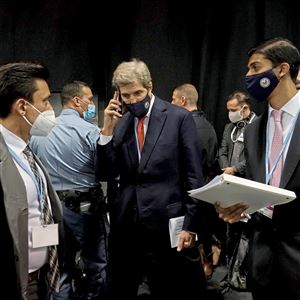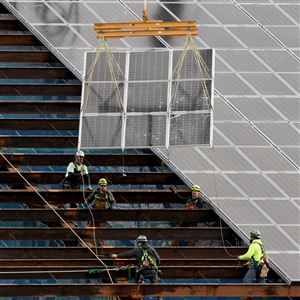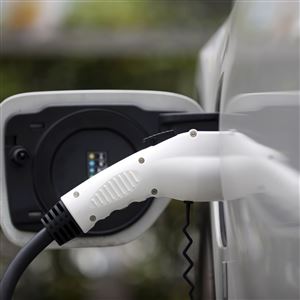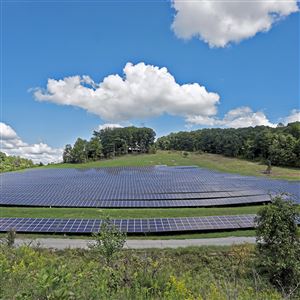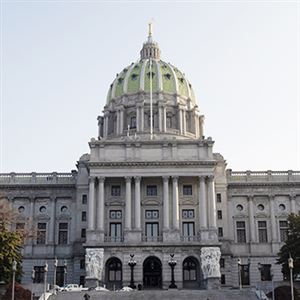Of the more than 6,000 people from 32 countries in town to attend the Global Clean Energy Action Forum, a few hundred VIPs packed into the Heinz History Center on Wednesday evening for a rowdy call to action.
U.S. Department of Energy Secretary Jennifer Granholm, who excels in that kind of modulating rallying, kicked off the opening ceremony urging all of them to “push, push, push to deploy, deploy, deploy.”
“Pittsburgh can show us the way,” Ms. Granholm said, drawing on the narrative that the Department of Energy used to select Pittsburgh for the event — a chameleon that transformed from a dirty industrial powerhouse to a cleaner and more diverse economy.
The conference, whose public offerings begin tomorrow, combines the Clean Energy Ministerial and Mission Innovation.
Attendees and media at the Heinz History Center on Wednesday fretted about the swarm of events that awaited them on Thursday and Friday — more than 100 sessions, many of them simultaneous, not to mention the private gatherings and the side conversations.
From the stage, Allegheny County Executive Rich Fitzgerald and Pittsburgh Mayor Ed Gainey duly sung the praises of the region.
Mr. Gainey said he often gets asked: “Why has the world descended on the city of Pittsburgh?”
He loves that question.
“Pittsburgh has a long history of delivering for the world,” he said.
He encouraged the energy ministers and others in the room to focus on “true clean energy solutions” — renewables, he specified — and to ensure no one is left behind in the energy transition, echoing a key theme of the conference.
“We know so many communities have been left behind. So many,” he said.
Even in the celebratory mood of the event, the tensions that faced its decision-makers in the crowd were on display: the tug and pull between the catastrophe of climate change and the excitement of clean energy, the call for urgent action and the need to ease communities into massive changes, the imperative to deploy quickly and to zoom out, to better understand and anticipate the ripple effects of those deployments in a way that industrial development hasn’t done in the past.
Outside, protesters in top hats staged a performance of the Monty Python classic, a “Ministry of Silly Walks” to highlight their opposition to the grooming of Appalachia as a hub for hydrogen derived from natural gas with carbon capture and sequestration, a topic that is being discussed at multiple panels on Thursday and Friday.
Much has changed in the 12 years since David Sandalow, now the inaugural fellow at the Center on Global Energy Policy at Columbia University, walked into the office of his former boss, Department of Energy Secretary Steven Chu, and proposed a conference where energy ministers from around the world do nothing but talk about clean energy.
“Sounds like a lot of talk,” Mr. Sandalow remembered the former energy secretary saying. Would it lead to action, he wondered.
On Wednesday, Mr. Sandalow ticked off how much the prices of solar, wind and batteries had fallen in the dozen years since the first action.
Case in point: There are now breweries that run on solar power.
Ms. Granholm had asked Mr. Fitzgerald to locate some nearby. He obliged and directed the crowd to beer gardens in Millvale and Homestead.
Mr. Sandalow said he would be heading over there. Who’s coming with him?
Anya Litvak: alitvak@post-gazette.com
First Published: September 22, 2022, 1:36 a.m.



